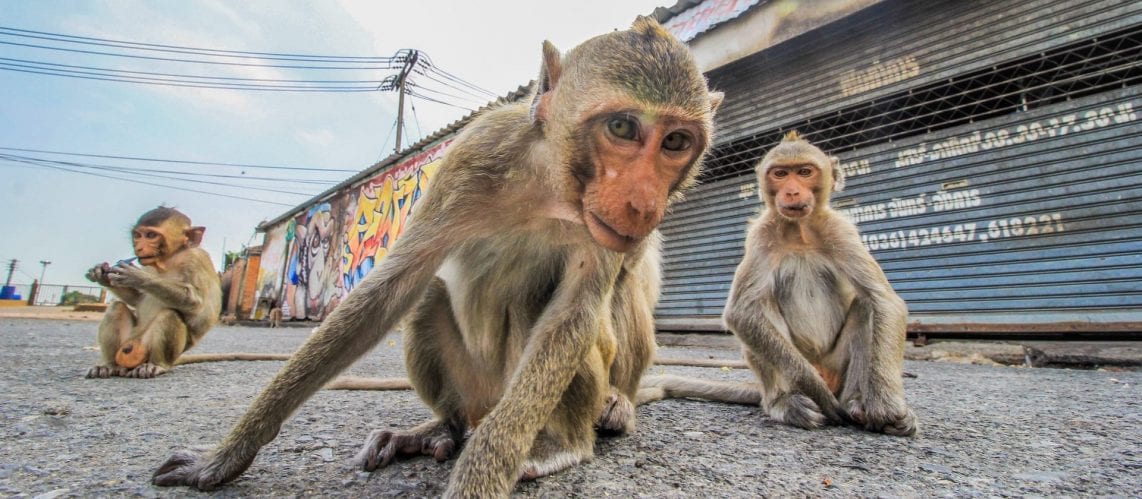Group Vivisection: Brittany Jette, Rachael Zmich,
Group Report 3
Orland, Barbara. “Turbo-Cows: Producing a Competitive Animal in the Nineteenth and EarlyTwentieth Centuries.” Industrializing Organisms: Introducing Evolutionary History, Routledge, 2004, pp. 167–184.
Dr. Barbara Orland is a historian of science and technology and professor at the University of Basel in Switzerland. Based on her position at the university and the studies she specializes in, Dr. Orland seems to have the credentials to write about animal rights in an educated, unbiased manner.
This publication is a chapter from a book about the industrializing of animals. Barbara Orland, the author of this chapter, contributes a scholarly focus on animal agriculture. The focal point of the explanation is animal agriculture and targets dairy farming.
The main argument of this reading is that the cow/cattle industry has changed dramatically since the mid 19th century. This is because the use of cows by humans has changed throughout time, from work animals and using their dung as fertilizer, to the dairy and meat industry. Some of the ways in which the author has stated that the industry has evolved are as follows:
- “Separating soil, landscape, and animal husbandry and assessing individually every part of what an ‘organic’ farming unit was formerly took hold.” (Orland, 184)
- “New livestock evaluations methods at exhibitions, new forms of competition and new impersonal methods of classification emerged.” (Orland, 184)
- “Observed a rising influence of standardization in the agrarian context, leading to changed perspectives on cows” (Orland, 184)
In general, agriculture was changed to become more efficient by manipulating the land to be the most fertile, along with manipulating the breeding and care practices of cows. Cow breeds and farming practices became globalized, which also contributed to a larger, more industrial sort of farming and livestock.
Overall, this reading had information that was consistent with the argument.
This can be seen in a quote about the milk yields. “Most rapid way to achieve herd improvement was to eliminate cows with the lowest milk yields” (Orland, 183) shows that the main point of keeping milk records was to get the highest yield and to make a herd the most efficient. This is consistent with the rest of the article.
On the other hand, there were some parts of the reading that was slightly inconsistent. One example of this is when Orland discusses how yields of cows have increased over time through economics, yet in the article talked about the importance of science and breeding. “In my judgment, the high yielding cow is a result of various contested representations, practices, and economic problems, rather than a product of scientific research” (Orland, 169). When witnessing a large number of dairy products, consumers would presumably think that there are high yielding cows in farms which would be beneficial for everyone. But the background story behind the high yields is a result of many practices and economic problems.
High efficiency will lead to more industrialization which would then lead to an impact on the amount of land that is available for agriculture. With efficiency and convenience, it comes with a cost, the higher yielding of milk from cows would lead to less ethical practices such as mistreatment and fed unhealthy diets. David DeGrazia, who is an animal and ethical theorist, agrees with the fact that the decrease in the number of farms has led to less carness towards the emotions and feelings of animals “… factory farms- which try to raise as many animals as possible in very limited space in order to maximize profits- have driven three million American family farms out of business…” (page 70-71, which is a profitable scheme for industries but won’t be beneficial towards the welfare of animals. With farms and companies figuring out higher profit methods in order to yield the productions of milk, it would lead to a higher amount of farming land being converted to industrialized companies.
Reading this section of the book lead to our group having a few questions on the state of animal agriculture. One major question that popped up in a discussion was whether there is a development movement like the three mentioned in the book currently ongoing. This is very possible considering the recent animal rights movements and trends such as veganism. This led to a further questioning of the extent the consumer demand affects the cattle breeding and harvesting process and whether there should be an international standard set for it or whether there should be country specific standards to make it fair on every country. However, the effectiveness of this standard comes into question when the fact that most producers are only incentivized to improve the quality of life of the livestock using financial incentives and that there exist a widespread ignorance and negligence of the rules and regulations. The economics behind the animal agricultural field is something that is worth looking into seriously.
Citations:
Barbara Orland | University of Basel – Academia.edu, unibas.academia.edu/BarbaraOrland.
“Barbara Orland.” Alimentarium, Alimentarium, www.alimentarium.org/en/barbara-orland.
